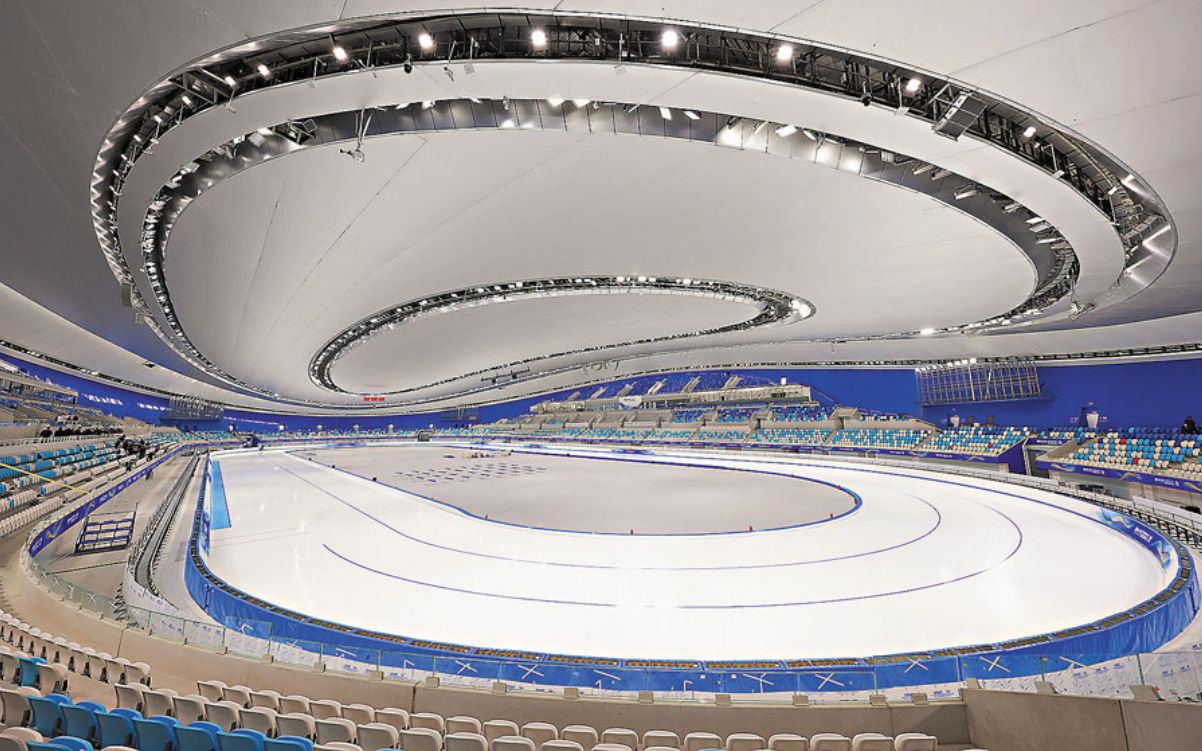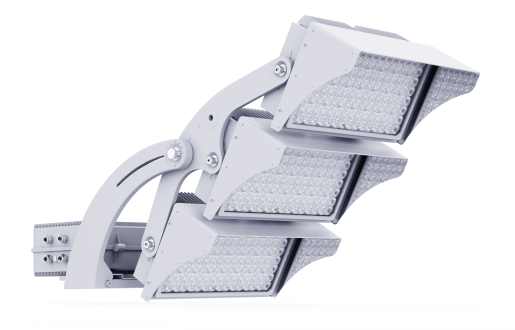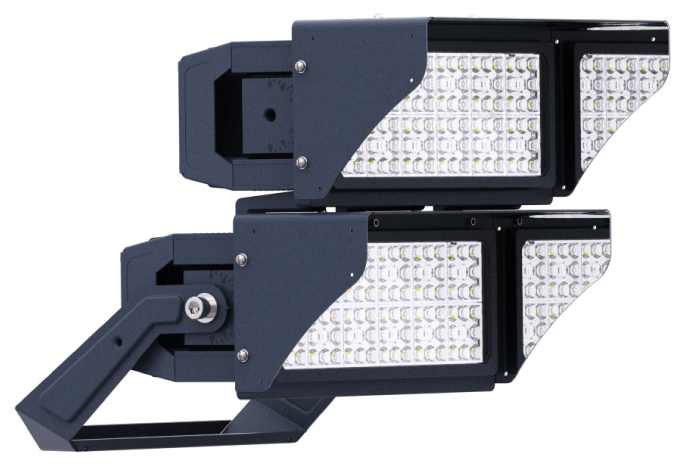Winter Sports Venue Lighting Standards: Guide to Ice & Snow Sports lighting Sustainable Solutions
Winter Sports Venue Lighting Standards: Guide to Ice & Snow Sports lighting Sustainable Solutions

Directory:
1. Introduction
2. Olympic Ice and Snow Sports
3. Lighting Challenges in Winter Sports Venues
4. Lighting Standard in Winter Sports Venues
5. Related Product
1. Introduction
From the perspective of sustainable development and the dual-carbon economy, it is imperative to provide flexible and energy-efficient lighting solutions for the post-event utilization of venues. Modern sports venues are not only essential for the popularization of national sports but also indispensable for hosting large-scale international high-level sporting events. With the increasing popularity and development of winter sports in China, as well as the hosting of global top-level sporting events, a large number of state-of-the-art winter sports venues have been constructed and used in international competitions. Sports lighting, as a fundamental facility in winter sports venues, has garnered significant attention from designers, owners, athletes, sports organizations, and broadcasting agencies.
2. Olympic Ice and Snow Sports
Olympic events on ice and snow are primarily categorized into two groups: ice events and snow events.
Ice events encompass speed skating, short track speed skating, figure skating, ice hockey, and curling, among others.
Snow events consist of freestyle skiing, snowboarding, alpine skiing, cross-country skiing, and ski jumping, to name a few.
Each type of event has specific lighting needs. For instance, speed skating and short track speed skating demand high levels of both horizontal and vertical illumination, while figure skating and freestyle skiing require significant vertical lighting to enhance the visual appeal of the performances. As television broadcasting technology continues to advance, the lighting standards for ice and snow sports venues are becoming increasingly stringent, needing to accommodate high-definition, ultra-high-definition, and high-speed camera requirements.
3. Lighting Challenges in Winter Sports Venues
Winter sports, characterized by aerial maneuvers, multi-directional movements, and extreme velocities (e.g., speed skating at 70 km/h and bobsleigh at 135 km/h), impose unique demands on lighting design:
Aerial and 360° Illumination: Events like freestyle skiing and figure skating require uniform vertical illuminance across three-dimensional spaces.
High-Speed Motion Capture: Ultra-high-definition (4K/8K) cameras necessitate elevated vertical illuminance (≥1,600 lx) and minimized flicker ratios (<1%) to avoid stroboscopic effects.
Anti-Glare Measures: Reflective surfaces, such as ice and snow, demand precise control of glare for both athletes and cameras.
4. Lighting Standard in Winter Sports Venues

International Standards
CIE 169:2005: Guidelines for lighting sports events.
EN 12193:2018: European standard for sports lighting (indoor/outdoor).
FIFA Lighting Guide: Applies to hybrid venues (e.g., ice hockey in soccer stadiums).
Olympic Broadcasting Services (OBS) Guidelines: Mandates for 4K/8K broadcasts (e.g., vertical illuminance gradients ≤10% over 2m).
5. Related Product
5.1 Sport Light A01

5.2 Sport Light A02

_thumb.jpg)